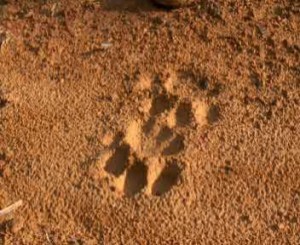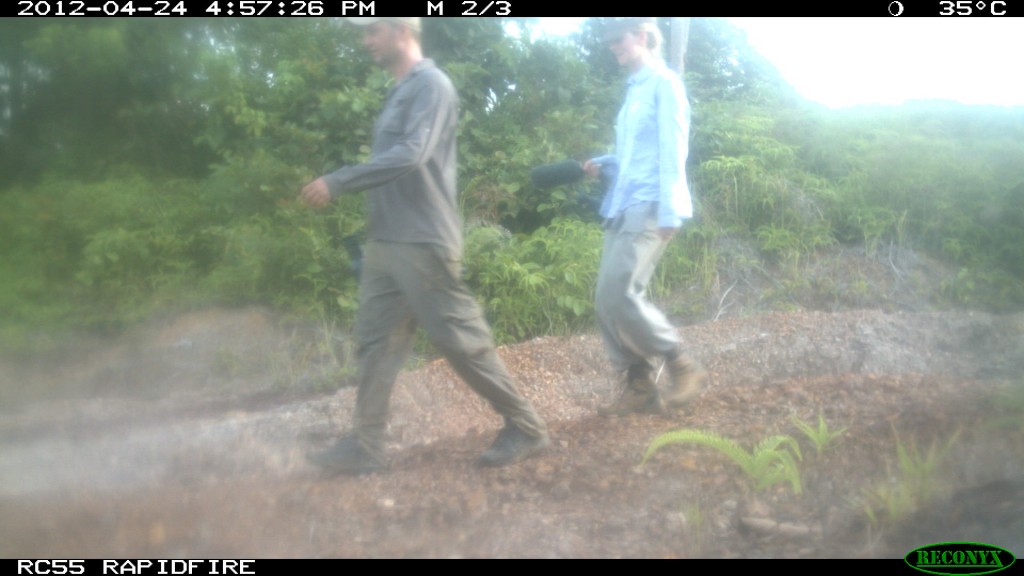Search Results for Tag: rainforest
Deforestation in Brazil jumps about 29% – our #numberoftheweek

Brazilian Rainforest, credit: DW/Michael Wetzel
On Wednesday, the Brazilian government released statistics showing that the destruction of the world’s largest rainforest jumped 29% last year. According to satellite data, 5,891 sq km of forest disappeared in the 12 months leading up to the end of July 2013. That is the equivalent of the size of the country of Puerto Rico.
One reason for the rebound in the deforestation rates is illegal logging, but also big infrastructure projects in the Amazon, such as roads and hydroelectric dams. The not-so-bad news here is that the 2013 figure is still the second-lowest annual loss recorded by the Brazilian government since it began tracking deforestation in 2004. Back then almost 30,000 sq km of forest was lost.
The below graph shows the deforestation rate from 2004 until today, provided by the Instituto Nacional de Pesquisas Espaciais (INPE). On this page you will also find more detailed information in the organization’s report, but it helps a lot if you understand português do Brasil.
Facebook of the forests
Put up a camera. Anywhere. You will be surprised by just how badly everyone wants to be on telly whenever they see a lens pointed at them. It’s why many kids think web cams are more important in a computer than a CPU, and also a reason why Big Brother revolutionized trash TV and Facebook made Mark Zuckerberg a Billionaire.
The urge to exhibit one’s private persona seems so deeply ingrained in the human psyche, that you begin to wonder if it’s an evolutionary trait also present in other species. And indeed it is. Forest animals love the camera. The TEAM network has put up camera traps in forests across the globe to snap photos of animal wild life. The experts of TEAM (or, more accurately and less sexy “Tropical Ecology Assessment and Monitoring”) are now celebrating the 1 millionth photo taken.
TEAM makes the photos available to researchers and the public as “real-time” data to help track how biodiversity evolves. And, of course, also to show how wild life is impacted by changes in their environment – be it deforestation or warming temperatures. The primates shown below are an example of the quite entertaining footage collected by the scientists:
The TEAM network still has some way to go: With a million plus photos they are way behind Facebook – that other network providing real time data on a not so different type of primate: you and me.
New Directions for the Brazilian Amazon
The Amazon rainforest is spread out over nine national states of the South American continent. As trees bind carbon dioxide (CO2), the Amazon forest plays a crucial role in climate protection measures. Home to 60 percent of the world’s rainforest area, Brazil contains the largest part of this precious ecosystem.
GLOBAL IDEAS asked Brazilian forest activist Pedro Soares to write a guest article for our blog. Pedro stresses that we can only protect the Amazon by providing an adequate income to those living in the forest.
By Pedro Soares
The Brazilian Amazon area covers about 50 percent of Brazil’s territory. That is a total an area of 4,196,943 square kilometers.
The biggest stock of tropical forest in the world has always been seen as a barrier to regional economic development. In fact, deforestation occurs mainly due to an economic rationale: the forest does not provide sufficient income for landowners and forest dwellers, when compared to the income they could obtain for more profitable activities such as logging, agriculture or cattle ranching. But the lack of an economic value for the stand forest is the main caveat towards the promotion of forest conservation policies and programs.
![]() read more
read more
Face to face with the tiger
Dieter Hoffmann of Harapan Rainforest knows what a reporter likes to see. “Are you interested in some fresh footprints or photos of a Sumatran tiger,” he asked. Of course I am! Harapan Rainforest has installed a few camera traps in the forest. Sometimes monkeys are fooling around with cameras, because they have learned that there’s something behind the lens. But every now and then a Sumatran tiger crosses one of these cameras and sneeks a peek.
 We walked to one of those cameras. And yes, there were footprints. I hardly knew what to do with my emotions. The prints were fresh, Dieter said. There was a tiger right here, just a few hours ago. My first thought: “Brilliant!” I’m a reporter, I’m always looking for a stunning picture. But right after that first thought my instincts came in: “Are you crazy?!” I thought. What on earth am I doing here on the favorite path of a real Tiger? That’s dangerous! I don’t want to end up in a tiger’s stomach!
We walked to one of those cameras. And yes, there were footprints. I hardly knew what to do with my emotions. The prints were fresh, Dieter said. There was a tiger right here, just a few hours ago. My first thought: “Brilliant!” I’m a reporter, I’m always looking for a stunning picture. But right after that first thought my instincts came in: “Are you crazy?!” I thought. What on earth am I doing here on the favorite path of a real Tiger? That’s dangerous! I don’t want to end up in a tiger’s stomach!
But Axel, my camera-man, could hardly believe his luck and headed forward into the jungle as if looking for nothing but his pet dog.
To make a long story short: We didn’t meet a tiger and we are still not eaten by a tiger. But the photos of the camera trap revealed what really happend: At 9.40 in the morning a female Sumatran tiger passed the camera. We followed – in a safe distance – close to five a clock in the afternoon.







Feedback